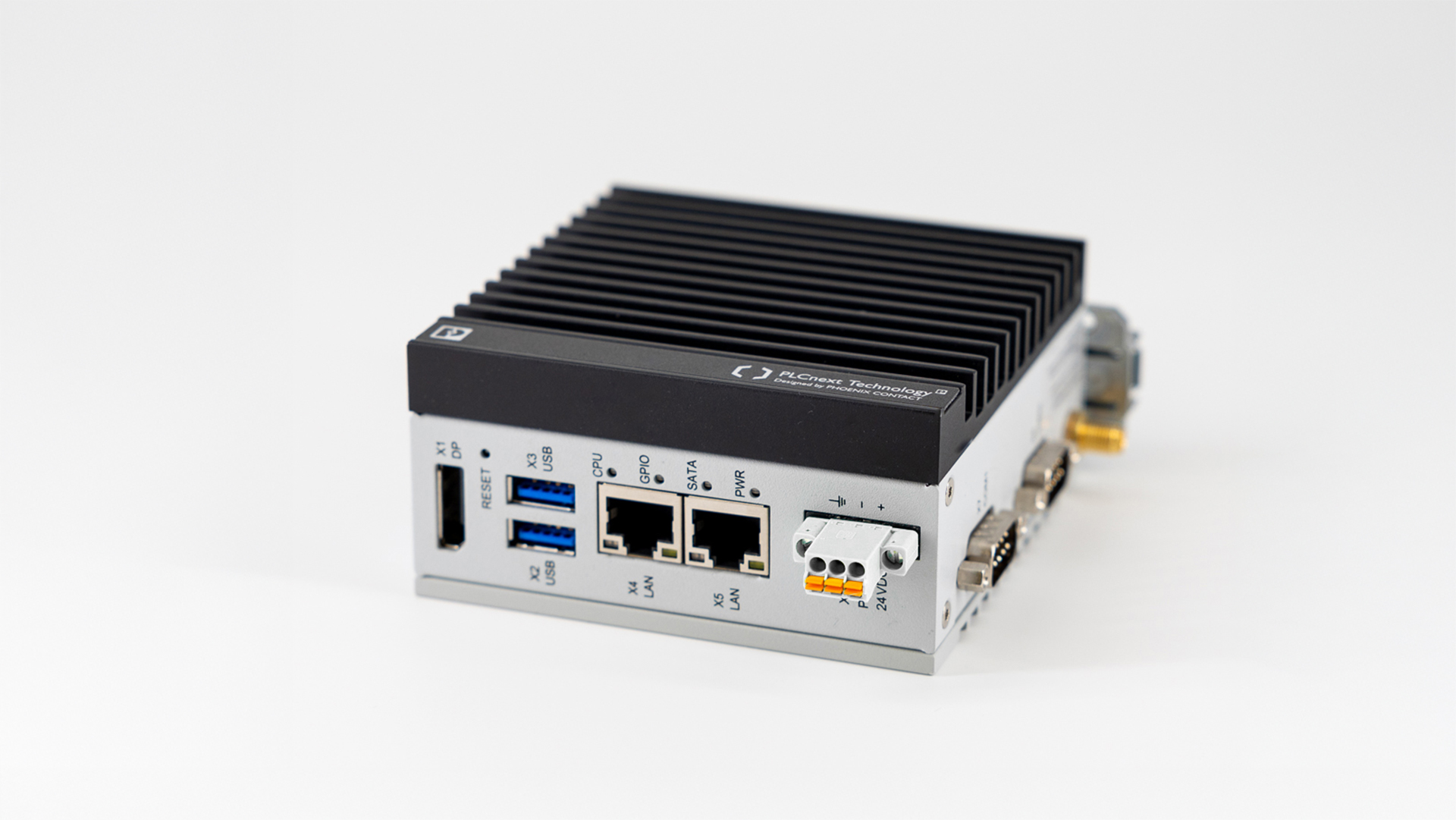This is my archive
Checksums and signatures Checksums Checksums indicate the integrity of data thus allowing (accidental) modification detection. By verifying checksums, manipulations and data corruption can be detected. Checksums are calculated over valid, verified and non-corrupted data. When calculating the checksum again with the same algorithm (e.g., after a… Read More
Passwords Each (human) user of a system component needs to be identified and authenticated for all access. For that purpose, passwords can be used. Further authentication methods can be, for example, biometrics (e.g. finger print scanner, face recognition), tokens, physical keys, key cards or evaluating the geographic location of… Read More
Phoenix Contact industrial security guideline Introduction The increasing interconnection of systems, components, and devices as well as the growing amount of data to be transmitted and stored (in a word: the achievements of Industry 4.0) result in a higher risk of cyber attacks. This is also promoted… Read More
Data backup and restore General considerations on data backups Data loss may not be the result of careless or erroneous actions of authorized users or defects in storage media alone, but may also be the consequence of malicious deletion or encryption of your data by unauthorized intruders. Read More
Zones and conduits (with protection needs analysis) What is a zone? A complete plant is difficult to grasp or categorize in terms of possible threats and necessary security measures. For this reason, the IEC 62443 standard divides a complete system into so-called zones. In terms of the standard,… Read More
Foundational requirements (FR) and system requirements (SR) Foundational requirements (FR) The IEC 62443 standard defines seven foundational requirements (FR). These are basic requirements regarding the security of an ICS. They are addressed to all stakeholders of a plant and used throughout the standard. FR1: Identification and authentication… Read More
Defense-in-Depth concept Purpose of the Defense-in-Depth concept A suitable approach to counter manifold cyber threats is a Defense-in-Depth strategy, for example in accordance with the IEC 62443 standard. This means that a holistic approach must include a combination of technological and organizational measures. Furthermore, a defense system… Read More
Security levels Security levels according to IEC 62443-3-3 To categorize the severity of potential threads, protection classes are available for the various data classes a zone stores/processes or a conduit transmits. This is the basis for the required level of protection of an entire zone or conduit. In… Read More
Least privilege concept The concept of “least privilege” is a basic security concept: Every access and execution right to components and data in your ICS should be restricted to the maximum possible extend for each user. In doing so, care must be taken to ensure that the availability… Read More
Concepts & tools based on IEC 62443 The following topics describe concepts and tools defined in the IEC 62443 standard: Least privilege concept Defense-in-Depth concept Zones and conduits (with protection needs analysis) Data classification & protection needs Security levels (SLs) Foundational requirements (FR) and system requirements… Read More



